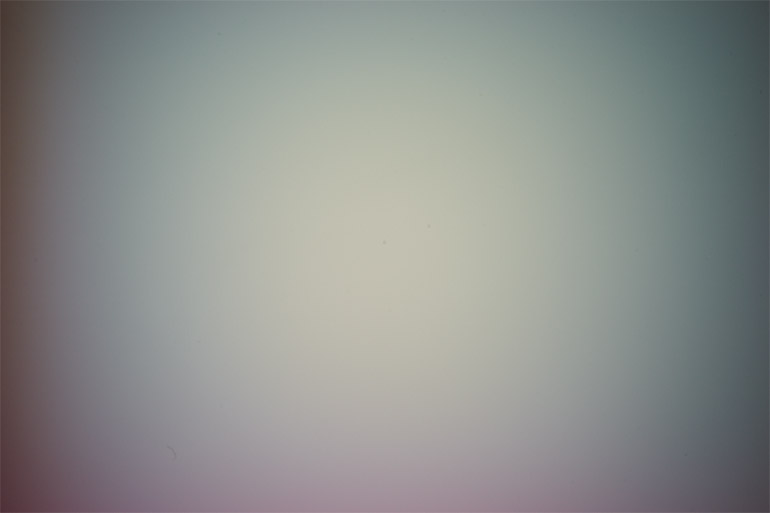Quote from rbultman in the scans and comparisons thread: "I'm having a hard time visualizing how turning on each color for a specific duration works relative to PWM? Did you try different PWM frequencies? What about using a low-pass filter after the PWM output to reduce ripple or using a DAC output? How many effective bits do you need to acheive the color range? Are you using a custom LED setup of your own design or a commercial one? Are you just looking for a change in color temperture of the light source?"
We're using an Armacost Color Controller from Lee Valley. The frequency is hard coded and I'm not familiar enough with it's inner workings to try and change it. The workaround is to turn the LED's on and leave them on during exposure rather than pulsing them on and off with PWM, which caused the banding artifact. Need more blue?, leave it on longer than the others for example. I read a low pass filter could help but this solution seemed easier. The color temperature is not the real goal of having the ability to adjust the LED's, it more to dial in a neutral gray before capture for each film scan to optimize color and tonal separation relative to the putput in one's preferred Raw processing program. This made obtain pleasing color straight forward and well worth the minute or so it might take to find it through trial and error. Using the same values for different exposures of the same film made it even faster as they provide very good starting points.



 Reply With Quote
Reply With Quote




Bookmarks